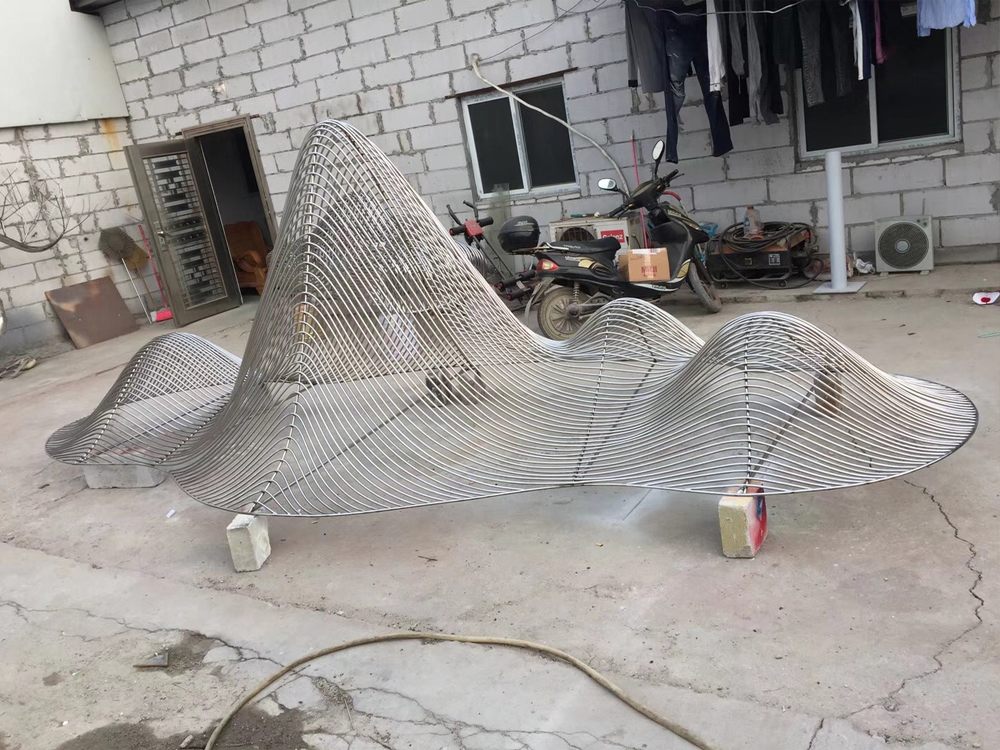
When it comes to sculpting, the choice between bone china and hard-paste porcelain can significantly impact the final artwork. Both materials are prized in ceramic art, but they differ in composition, workability, and aesthetic outcomes.
1. Composition and Durability
Bone china contains bone ash, giving it a translucent, delicate appearance but making it less durable under high stress. Hard-paste porcelain, made from kaolin and feldspar, is denser and more resilient, ideal for intricate sculptures requiring structural integrity.
2. Texture and Workability
Bone china’s smooth, creamy texture allows for fine detailing but can be prone to warping during firing. Hard-paste porcelain, while harder to manipulate initially, holds sharp edges better and is less likely to deform at high temperatures.
3. Firing and Finishing
Bone china fires at lower temperatures (around 1200°C), resulting in a softer finish. Hard-paste porcelain requires higher firing temperatures (up to 1400°C), yielding a more vitrified, glass-like surface.
4. Aesthetic and Applications
Bone china excels in delicate, luminous pieces, while hard-paste porcelain suits bold, detailed sculptures. Artists often choose based on the desired balance of fragility and strength.
Understanding these differences ensures the right material for your sculpting vision.

